| Recent Featured Videos and Articles | Eastern “Orthodoxy” Refuted | How To Avoid Sin | The Antichrist Identified! | What Fake Christians Get Wrong About Ephesians | Why So Many Can't Believe | “Magicians” Prove A Spiritual World Exists | Amazing Evidence For God | News Links |
| Vatican II “Catholic” Church Exposed | Steps To Convert | Outside The Church There Is No Salvation | E-Exchanges | The Holy Rosary | Padre Pio | Traditional Catholic Issues And Groups | Help Save Souls: Donate |  |


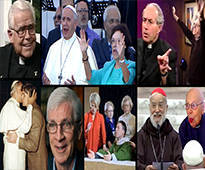
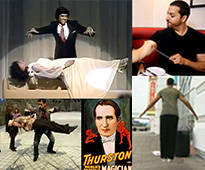
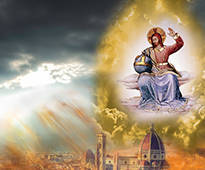

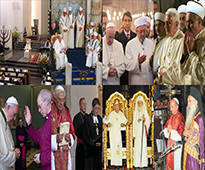


 " />
" /> " />
" />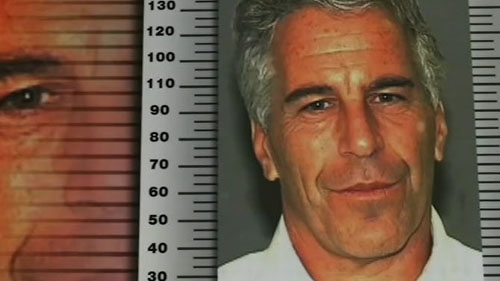 " />
" />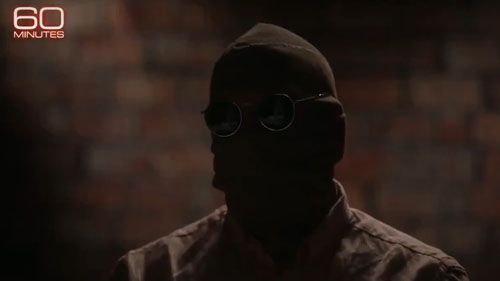 " />
" /> " />
" />




Objection 8): St. Robert Bellarmine said that one cannot depose a pope, but that one can licitly resist him. Sedevacantists judge, punish and depose the pope…
Answer: Many of those who believe Benedict XVI is the pope, yet reject the official actions of his “Church,” such as Vatican II, attempt to see a justification for their false position in this passage from St. Robert Bellarmine. In fact, this passage is one of the most commonly used pieces of evidence that people attempt to throw against the sedevacantist position. Unfortunately, the passage has been completely misapplied and distorted.
First, in the chapter immediately following the above quote from Bellarmine, he teaches this:
Now, hold on a second. In chapter 29 (the quote cited in objection 2), St. Robert says that you cannot “judge, punish or depose” the pope. In chapter 30, he says that a manifest heretic ceases to be pope (i.e., he is deposed) and he can be “judged and punished” by the Church.
My question to the objector is this: Is St. Robert Bellarmine an idiot?
St. Robert Bellarmine, De Romano Pontifice, chapter 29
One cannot “judge, punish or depose” a pope
St. Robert Bellarmine, De Romano Pontifice, chapter 30
A pope who is a manifest heretic is deposed, “judged and punished”
St. Robert Bellarmine is neither an idiot nor contradicting himself. He is a doctor of the Church, and knows exactly what he is trying to say. It is blatantly obvious, therefore, that he is not speaking about a manifestly heretical pope in chapter 29, but rather a true pope who gives bad example, who is not a manifest heretic. The context of the chapter confirms this beyond any doubt.
Chapter 29 involves St. Robert’s lengthy refutation of nine arguments favoring the position that the pope is subject to secular power (emperor, king, etc.) and to an ecumenical council (the heresy of conciliarism). During the Middle Ages, the heresy of conciliarism (subjecting a pope to an ecumenical council) became a major problem. In contradiction to this heresy, St. Robert Bellarmine says that while a Catholic can resist a bad pope, he cannot depose him, even if the pope gives bad example, disturbs the state or kills souls by his action. He is speaking of a bad pope who is not a manifest heretic; for he deals with the proper reaction to manifest heresy in the next chapter! It’s quite simple. He says that a manifest heretic is considered not to be the pope in the next chapter!
With this in mind, the objection raised from Bellarmine against sedevacantism is refuted. He is not talking about a manifest heretic in chapter 29, but a true pope who acts inappropriately; for he explains that a manifestly heretical pope is deposed, judged and punished in chapter 30. It is a mortal sin of omission for “Catholic” writers to quote over and over again the passage of chapter 29, without ever giving St. Robert’s statement on manifestly heretical popes in chapter 30. Among such people we include those who write for some of the more popular “traditional” publications. These writers suppress St. Robert’s teaching in chapter 30, along with all the other saints, popes and canonists who teach that manifestly heretical popes lose their office, because they want to deceive their readers into thinking that St. Robert condemns sedevacantism, when in reality he and all the early Church Fathers support the fact that a manifest heretic is not a pope.
And again St. Robert Bellarmine teaches:
See other Answers to the Most Common Objections Against Sedevacantism
[1] St. Robert Bellarmine, De Romano Pontifice, II, 30.
[2] St. Robert Bellarmine, De Romano Pontifice, II, 30.
Sign up for our free e-mail list to see future vaticancatholic.com videos and articles.
Recent Content
^